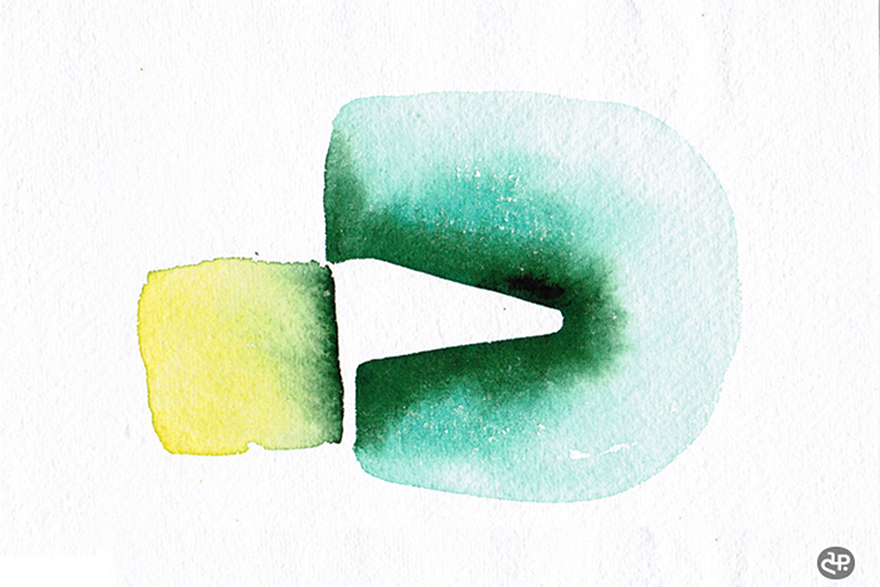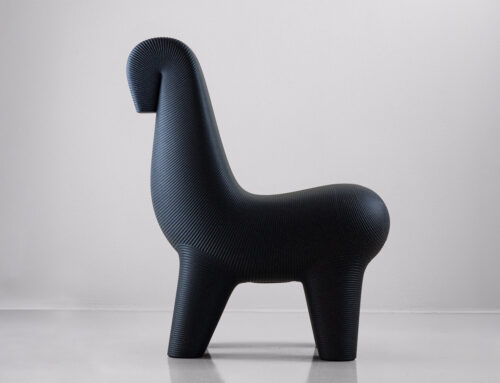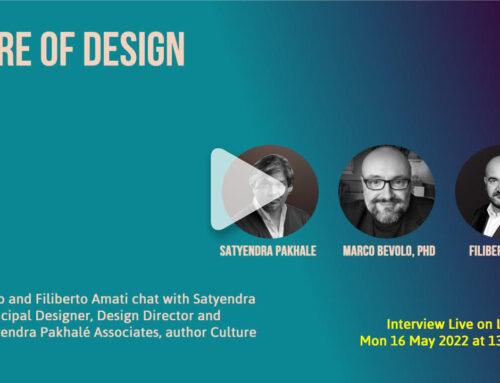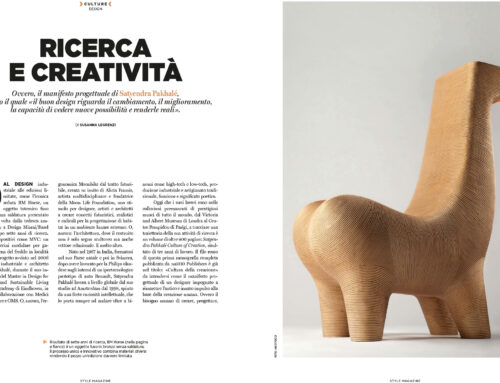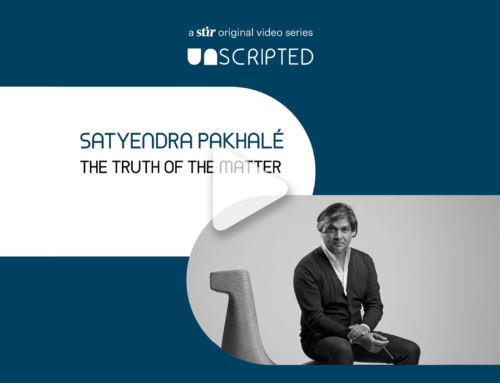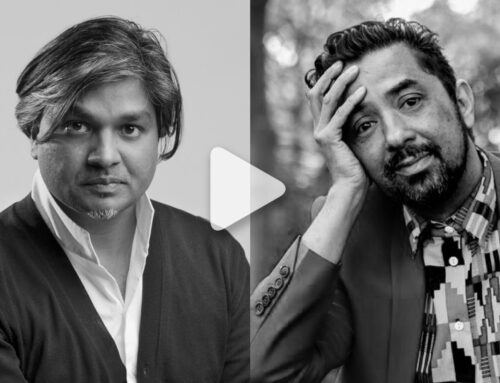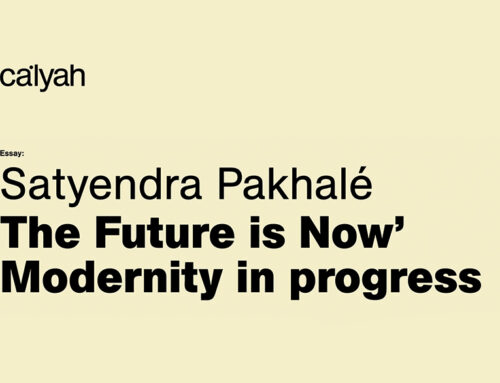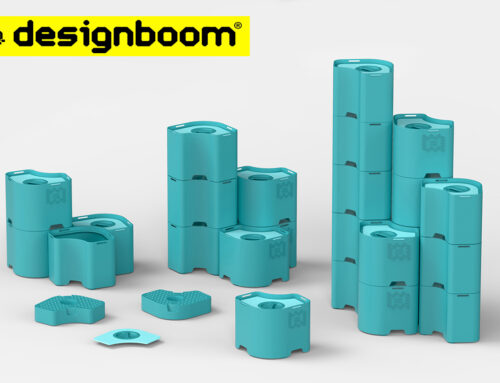A continuation of conversation about CultureofCreation and organic thinking covering and exploring the complexity of object creation beginning from inner curiosities and eventually leading to human made objects, environments and more…
Going further, I would like to talk about – ‘tension between opposites’, such as craftsmanship and technology, tradition and innovation, inner meaning of forms and their external perception, a clearly readable ingredient of your designs. How do you see the same tension characterizing CoC?
SP: First of all, I do not see them as absolute opposites, in my view they ought to co-exist. It is absurd to notice how historians have created this duality – that craftsmanship is almost an enemy of industry and technology. Indeed I am interested in opposites day-night / light-dark / inside-outside and abstraction-figuration, that is what life is made of and it brings – what I would like to call ‘intensity’, perhaps that is what you are referring as a tension in a project. On intuitive level opposites always fascinated me and we will explore it further and bring in similar intensity to CoC.
In the case of ‘tradition and innovation’ I would say that every great tradition was an innovation to begin with. I would like to think in a most optimistic way that a good design of today has the potential to become the tradition of tomorrow. In the process of creation that thought itself is very meaningful and powerful for me. However I am aware of the inherent paradox in continuity of tradition as to innovation, which often ought to be disruptive and that inherent conflict is almost like a ‘Koan’, and such a paradox fascinates me. In this regard, I totally agree with John Dewey’s view that every society must throw away the dead wood from the past and renew itself.
The expressiveness of objects has been a big topic in the history of artifacts creation moving from the artist’s ego to the inner expressiveness of the produced object. CoC will focus on the aptitude of bringing out the sensorial qualities of objects in favor of their legibility. Could we talk of “self-expressiveness” of objects? How this big theme will interact with CoC as an investigation on ways of creating objects?
SP: Self-expression is indeed seen as creator’s ego, and perhaps it is often the case. I have always been curious about cultivating the aptitude to bring out the sensorial quality of an object, as you rightly said, in favor of legibility and to evoke emotions and connect with people ‘becoming a part of life’ or how I like to call it ‘becoming a companion’. In my approach to creation the so-called ‘self-expression’ is the result of those embodied sensorial qualities going beyond the five senses and including the ‘sense of thought’ that leads to the emotion created by the object.
Among the many issues I have had the chance to discuss with you is the meaning of using convexly curved forms in Indian ancient sculptures. Simple methods of sculpture run into meaningful forms focused on bringing out and nurturing human sensorial aptitudes, which go from body to all senses, included the “sense of thought”. Could you explain how this concept is connected to your studio practice? Is the power of forms charged with emotional and intellectual qualities a subject of CoC?
SP: The sensorial-intellectual qualities are mostly suppressed in industrial societies and thus in our contemporary culture by and large. On an intuitive level convexity of sculpture perhaps informed my sensibility at one level but I am not limited by it. Besides that, it is worthwhile to explore and bring works such as ’Method of Sculpture’ by Philips Rawson to this conversation as well as another seminal work ‘Art as Experience’ by John Dewey. In architecture and design Juhani Pallasmaa has articulately wrote about embodied experience of space. All these topics are relevant for our studio practice.
My curiosity is not only about ancient history articulated by Pali scholar T. W. Rhys Davids or not alone about East Asian thinking, but my curiosity developed further as I learned about the understanding developed then about human perception and senses. Besides our five physical senses there is an understanding about a sixth sense – the ‘sense of thought’. That is fascinating, as we know now that we all create our own perception, which leads to our mental formation – leading to our own experience of the world. To evoke through design a positive sense of thought is what I am after.
I remember you were talking about the value of symbology in artifacts as opened attached meanings called to enhance our perception, experience and comprehension of objects. In Indian ancient secular art strong and irreducible symbolic structures are conveyed by means of abstract forms producing a set of possible analogies. How do you see symbols surviving today?
SP: I always felt in the contemporary world we need to cultivate a new symbolic language as regards technological artifacts creation meaning industrial design. There is a wonderful book ‘Before and Beyond the Image’ by Dieter Seckel that is worth bringing into the conversation on CoC as it articulates the early ‘aniconic symbolism’. This understanding brings a fresh perspective to contemporary design as universal poetry.
To conclude, can we define CoC a growing research platform where ideas and thoughts are shared feeding curiosities on the act of creating objects to the service of human complex existential condition? Do you see the possibility of accompanying the CoC network with workshops, seminars, or lectures?
SP: Certainly the idea of the platform as a part of our studio practice is indeed to feed our curiosities about these fascinating conditions and sharing with a wider audience. I am aware that these topics and their connection to contemporary design and architecture are new and I felt the necessity to explore and communicate. I see the CoC platform as a scientific research concerning human perception and how we build our culture through it. Certainly there could be the possibility of cross-disciplinary workshops, seminars and lectures leading to design projects.
CoC is an adventure, to create a network of topics addressed to the search for those principles of design practice, which go beyond culture, time, place and history and talk about artifact production in relation to the aptitudes and needs of human beings. Indeed, the audience is also a source of reflection for CoC and we are most glad to accept feedbacks and ideas. It is exciting to engage with CoC and I look forward to exploring these topics and connect the dots with contemporary design and the architectural world.
